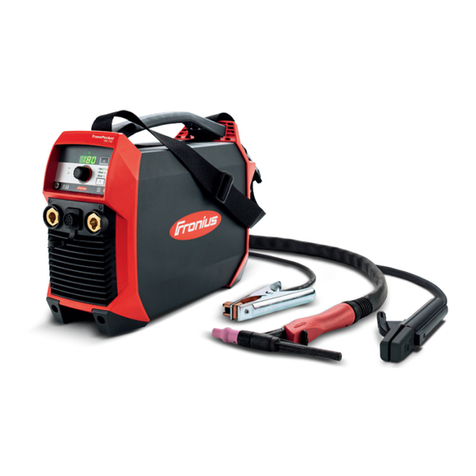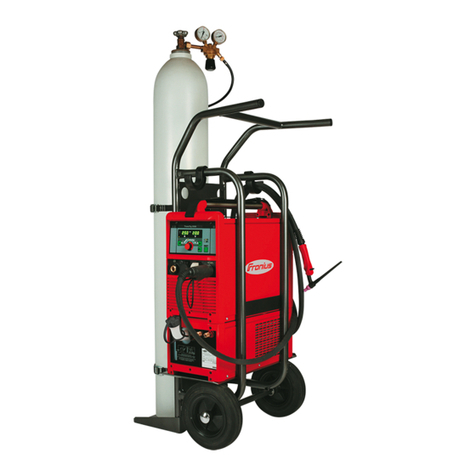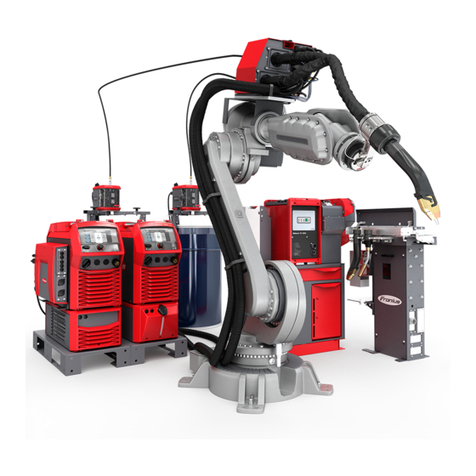FRONIUS VR 4000 User manual
Other FRONIUS Welding System manuals
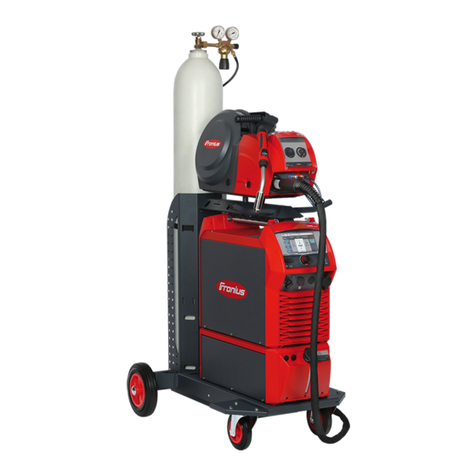
FRONIUS
FRONIUS TPS 320i User manual
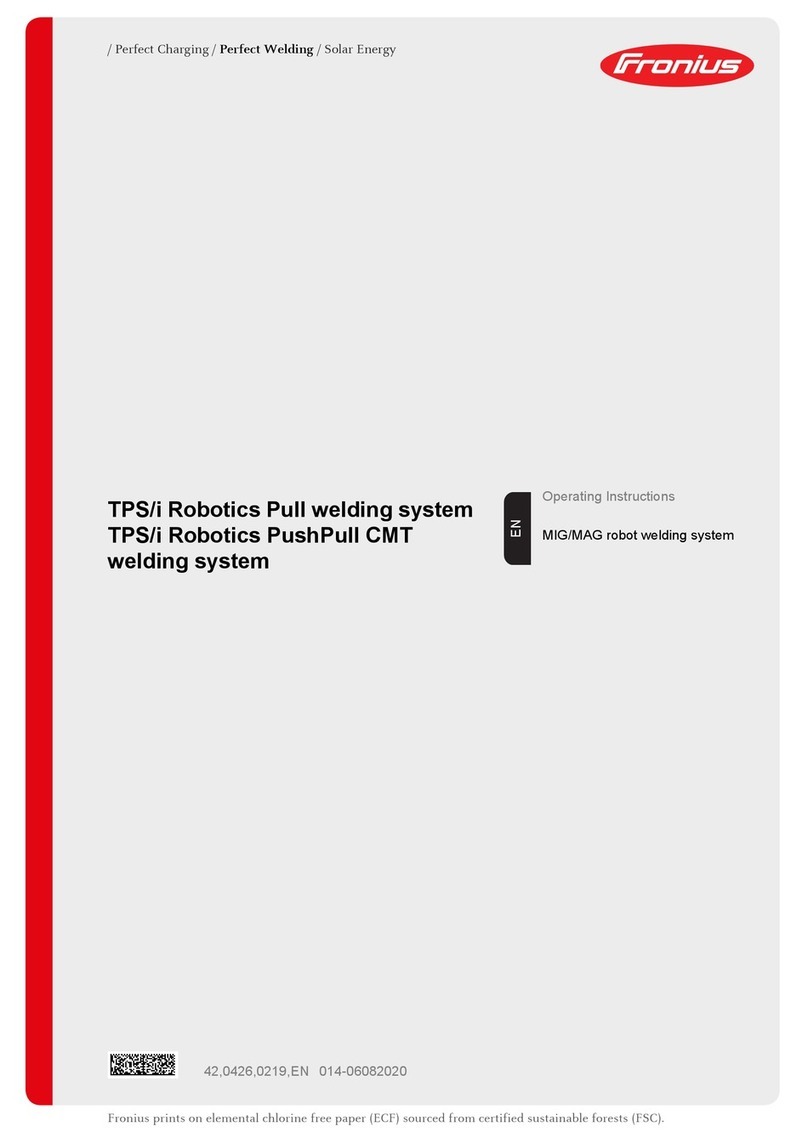
FRONIUS
FRONIUS MIG/MAG User manual
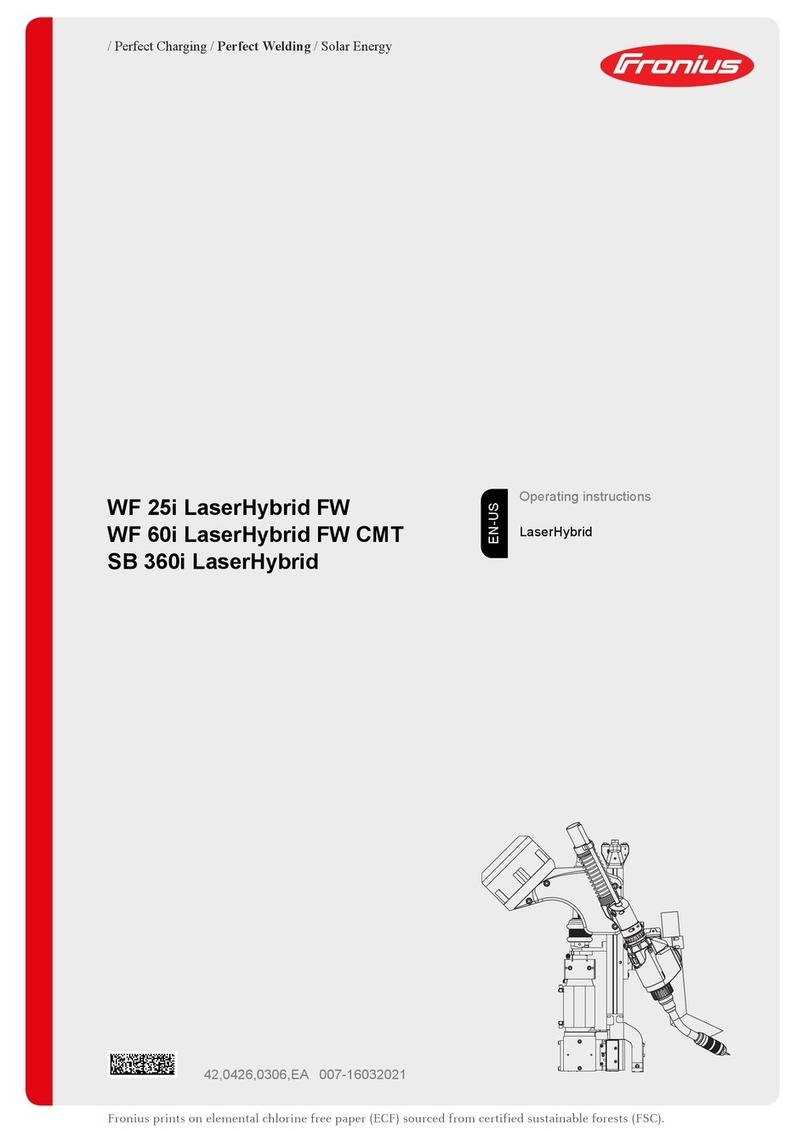
FRONIUS
FRONIUS LaserHybrid WF 25i User manual
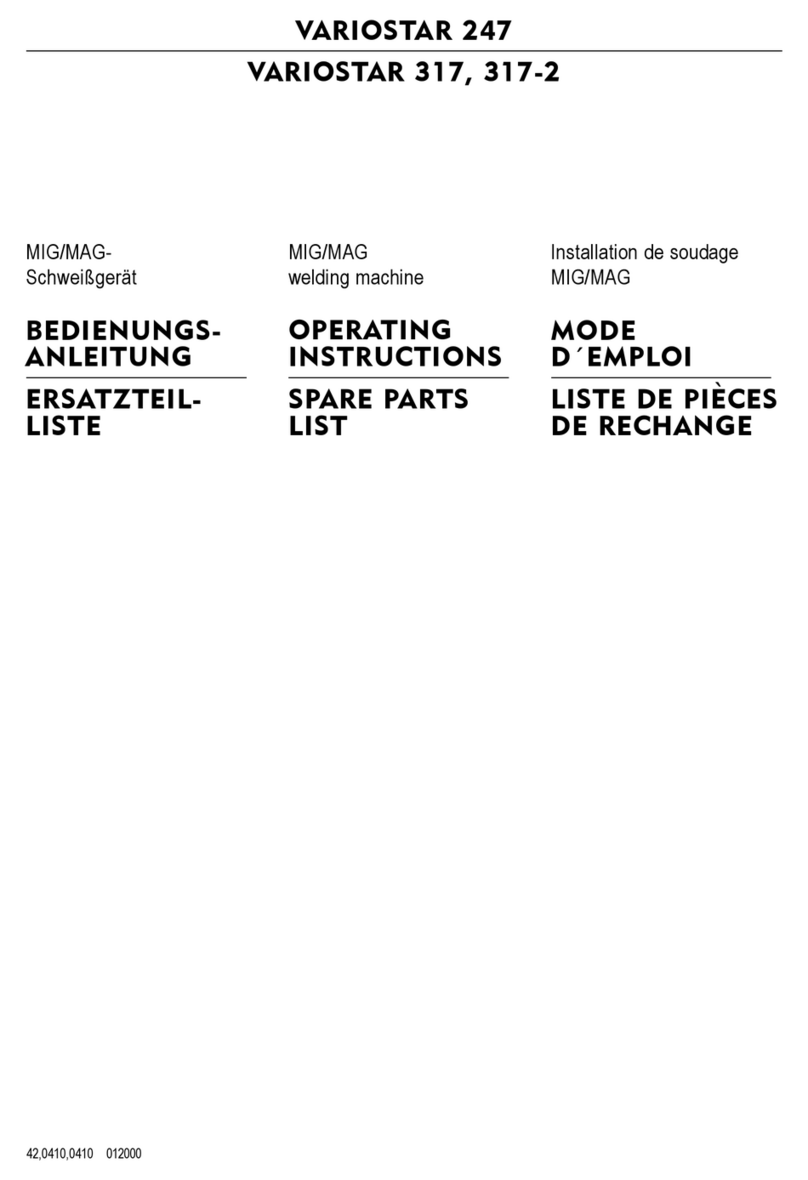
FRONIUS
FRONIUS VST 247 User manual

FRONIUS
FRONIUS TPS 320i User manual

FRONIUS
FRONIUS TransPocket 150 TIG User manual
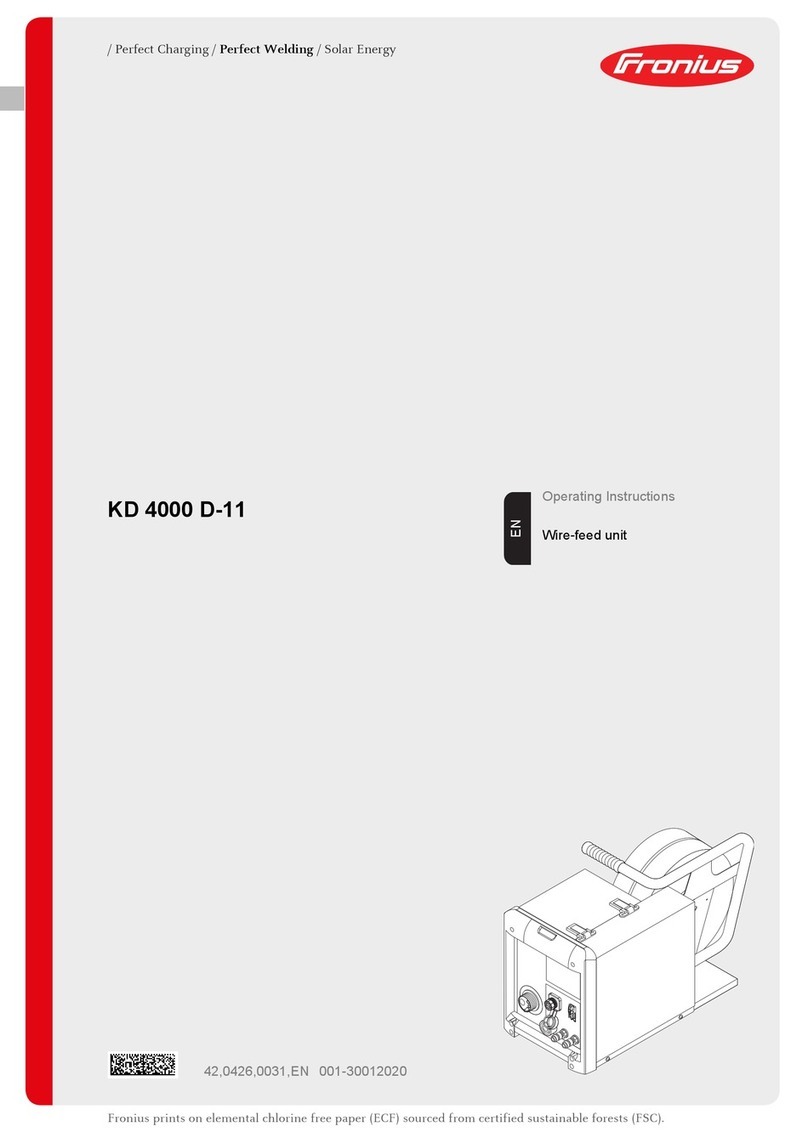
FRONIUS
FRONIUS KD 4000 D-11 User manual
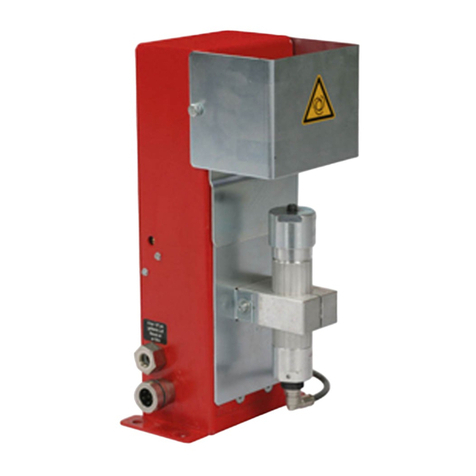
FRONIUS
FRONIUS Robacta Reamer Alu Edition User manual

FRONIUS
FRONIUS MTG 250i User manual
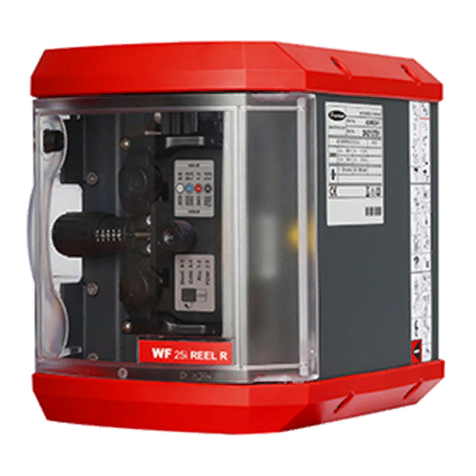
FRONIUS
FRONIUS TPS/i Push User manual
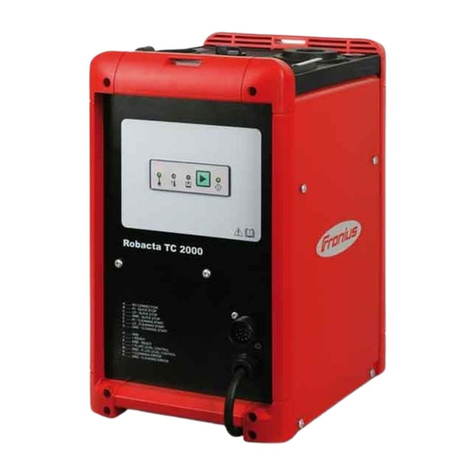
FRONIUS
FRONIUS Robacta TC 2000 User manual
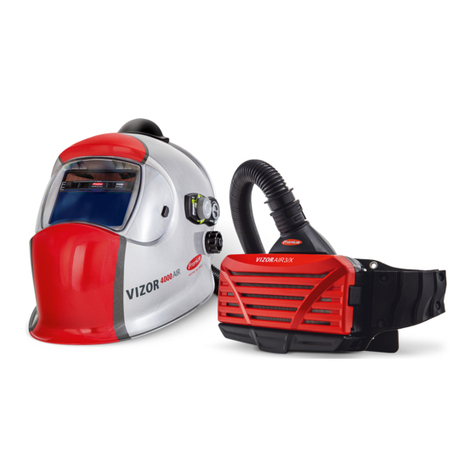
FRONIUS
FRONIUS Vizor Air/3X User manual
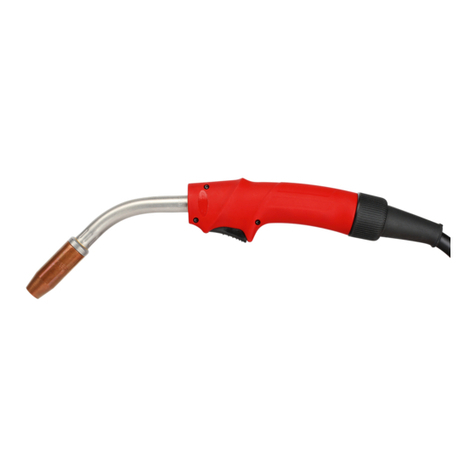
FRONIUS
FRONIUS MTG 2500 S User manual
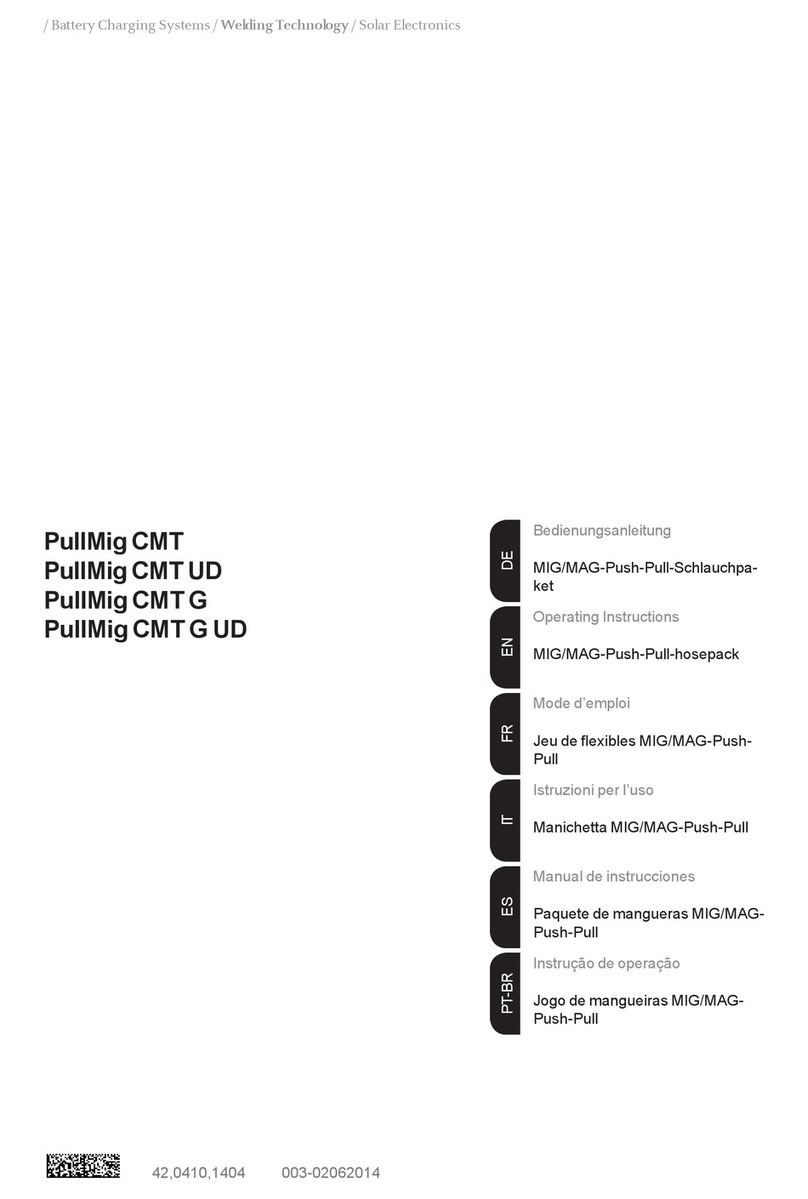
FRONIUS
FRONIUS PullMig CMT User manual

FRONIUS
FRONIUS TRANSTIG 330 User manual

FRONIUS
FRONIUS TransSteel 3000c Pulse User manual
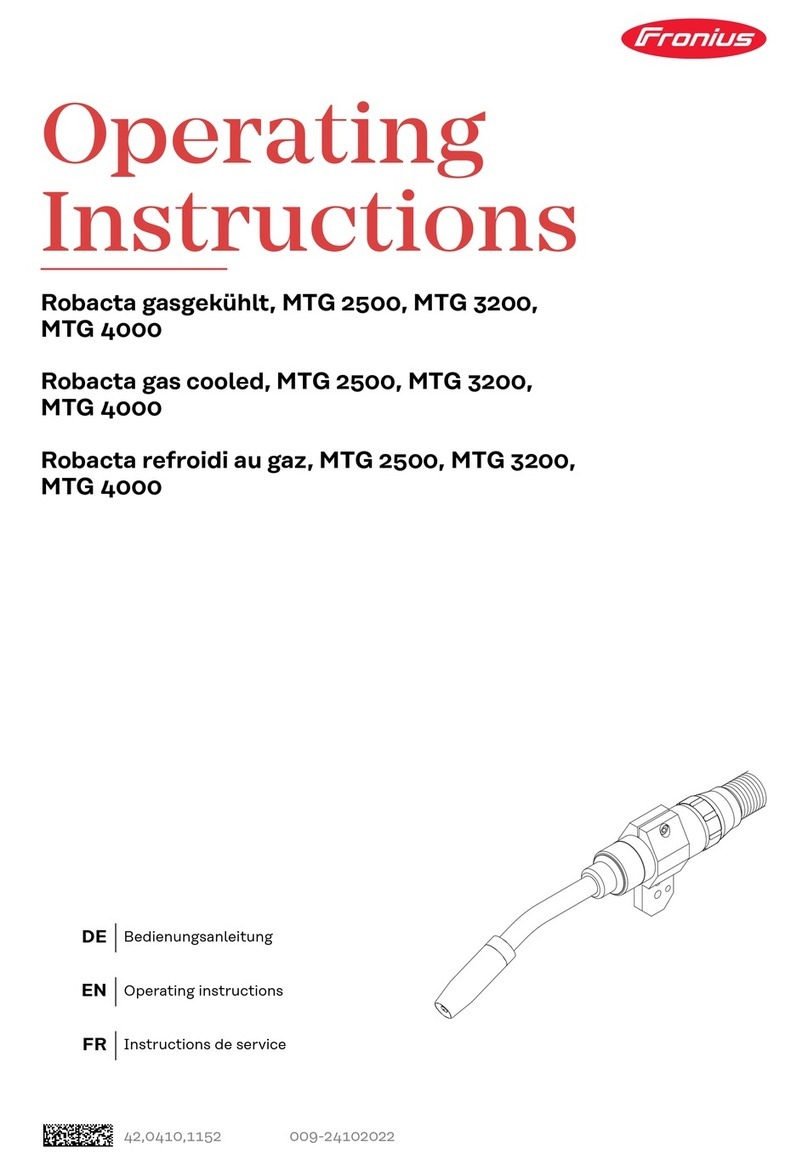
FRONIUS
FRONIUS Robacta MTG 2500 User manual
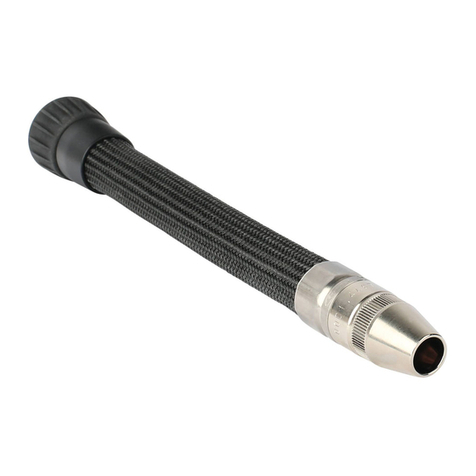
FRONIUS
FRONIUS MTB 200i G ML/L268/flex User manual

FRONIUS
FRONIUS TS 4000 User manual
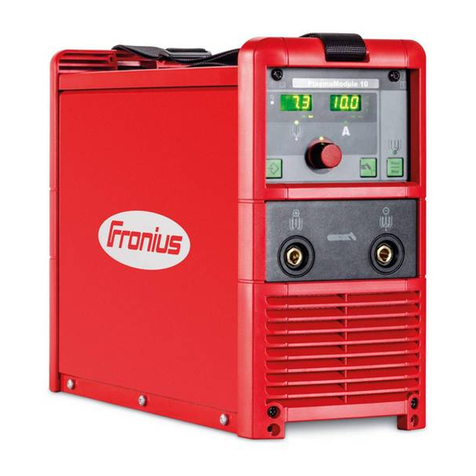
FRONIUS
FRONIUS PlasmaModule 10 User manual
Popular Welding System manuals by other brands

Hobart Welding Products
Hobart Welding Products AirForce 375 owner's manual

GF
GF MSA 330 instruction manual

Hakko Electronics
Hakko Electronics FX-888D instruction manual

Abicor Binzel
Abicor Binzel ABIPLAS WELD 100 W operating instructions

EWM
EWM Taurus 355 Basic TDM operating instructions

Thermal Dynamics
Thermal Dynamics PakMaster 100 XL plus operating manual
